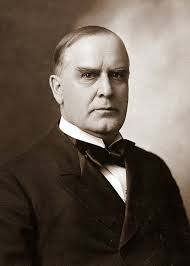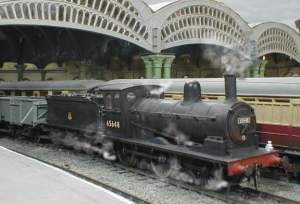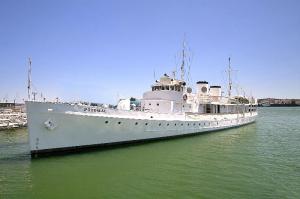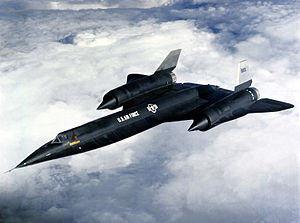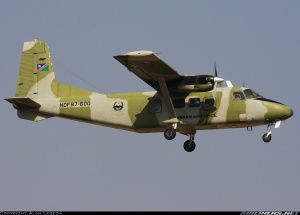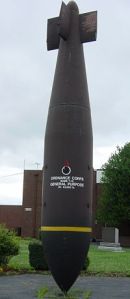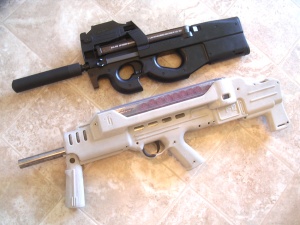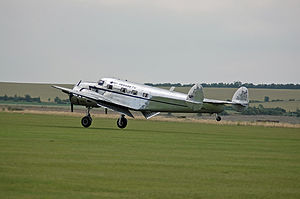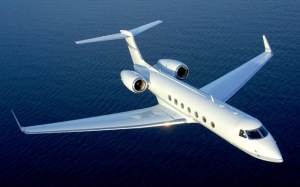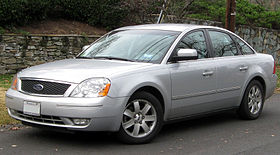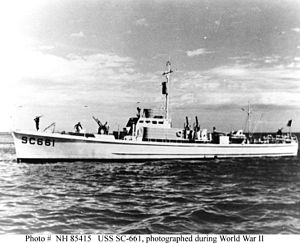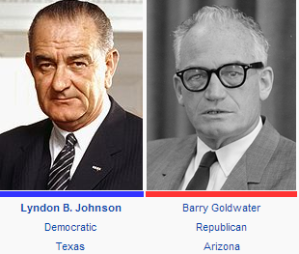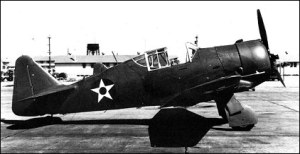“Fight Against Stupidity And Bureaucracy”
.
What do you know, it’s Friday 13th AGAIN.
Second one in two months and there will be another in November 2015 too.
How lucky is that?
Well, I guess not so lucky if you suffer from paraskevidekatriaphobia (also known as friggatriskaidekaphobia), which is a fear of Friday the 13th, or even triskadekaphobia which is the scientific name given to a fear of the number 13 itself.
It shouldn’t be that much of a surprise really. The longest period that can occur without a Friday the 13th is 14 months, and every year has at least one and sometimes, like this year, three Friday the 13ths.
There is no written evidence for a “Friday the 13th” superstition before the 19th century, the first reference to an unlucky Friday the 13th coming in an 1869 biography of the composer Rossini who died on Friday November 13, 1868.
The superstition only gained widespread distribution in the 20th century, although the origin is believed to have come from the Bible, the association stemming from the idea that the 13th guest at the Last Supper was the one who betrayed Jesus prior to his death, which occurred on a Friday.
Hotels, skyscrapers and even hospitals have been known to skip out on creating a 13th floor due to its unlucky connection and even airports sometimes quietly omit gate 13. The Curtis Hotel in Denver, Colorado, on the other hand uses the superstition as a gimmick to amuse guests by playing the “dun, dun, dunnnnn!!” theme in the elevator shaft for guests as they arrive on the 13th floor.
Sometimes research seems to add weight to the superstition. A study in Finland, for example, has shown that women are more likely to die in traffic accidents on Friday the 13th than on other Fridays.
And, according to a report from U.K.’s newspaper, The Mirror, 72 percent of United Kingdom residents have claimed to have had bad luck experiences Friday the 13th. The readers polled admitted to avoiding traveling, attending business meetings and making large purchases on this unlucky day, with 34 percent admitting to wanting to “hide under their duvet” for the upcoming dates. The study did not speculate if their luck would have been better if they had gone about their normal business!
Former US President Franklin D. Roosevelt had a strong fear of the number 13 and refused to host a dinner party with 13 guests or to travel on the 13th day of any month. US President Herbert Hoover had similar fears.
Maybe he did what superstitious diners in Paris do – hire a quatorzieme, or professional 14th guest.
I don’t think Cuban leader Fidel Castro had the same fears because he was born on Friday, August 13,1926, as was the celebrated outlaw Butch Cassidy (born on. Friday, April 13,1866).
Speaking of outlaws, Oklahoma bandit Crawford “Cherokee Bill” Goldsby murdered 13 victims, and was captured after a reward of $1300 was posted. At his trial, 13 eyewitnesses testified against him, the jury took 13 hours to render a verdict of guilty. He was hanged on April 13,1896 on a gallows with 13 steps!
Stock broker and author Thomas W. Lawson, wrote a novel in 1907 entitled “Friday the Thirteenth,” about a stockbroker’s attempts to take down Wall Street on the unluckiest day of the month. Reportedly, stock brokers after this were as unlikely to buy or sell stocks on this unlucky day as they were to walk under a ladder, according to accounts of a 1925 New York Times article.
The independent horror movie Friday the 13th was released in May 1980 and despite only having a budget of $550,000 it grossed $39.7million at the box office in the United States – not unlucky for it’s backers. In fact the “Friday the 13th” film franchise continues to sweep up its box-office competition. According to BoxOfficeMojo.com, the dozen films named after the haunted holiday have raked in more than $380 million nationally, with an average gross of $31 million per feature.
Another director noted for his suspenseful psychological thrillers, Alfred Hitchcock, was born on the Friday 13th in August 1899, although he also had a run in with bad luck on that date too when his directorial debut movie called “Number 13,” never made it past the first few scenes and was shut down due to financial problems. He is supposed to have said that the film wasn’t very interesting. We’ll never know!
Also with movies in mind there was a feature film based on the unlucky events of Apollo 13, launched on 13:13 CST, April 11,1970, which barely escaped becoming a doomed flight when an explosion disabled the craft occurring on April 13th (not a Friday in case you are interested).
According to Thomas Gilovich, chair of Psychology at Cornell University, our brains are known to make associations with Friday 13th in a way that would give favor to the “bad luck” myths. He explains this by saying that “if anything bad happens to you on Friday the 13th, the two will be forever associated in your mind and all those uneventful days in which the 13th fell on a Friday will be ignored.” It’s a bit like remembering the good old days and forgetting the bad ones!
Always contrary, pagans believe that 13 is actually a lucky number since it corresponds with the number of full moons in a year and in Spanish-speaking nations, Tuesday The 13th is regarded as unlucky rather than Friday!
So I guess you just have to make up your own mind whether you believe Friday 13th is unlucky or not.
I’m hoping of course that the fact that you have landed on this blog today is good luck rather than bad.
It was good luck for me, please call again.
.
===================================
.



















